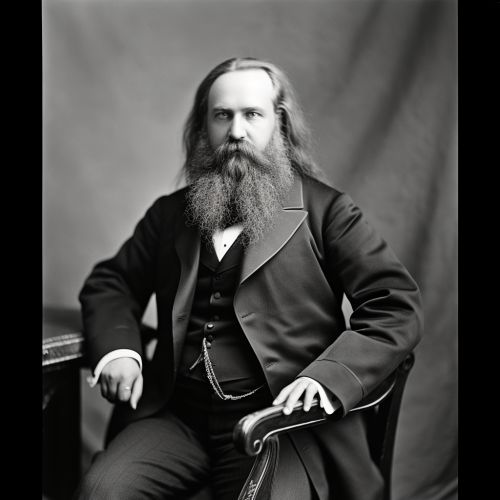Dmitri Mendeleev
Early Life
Dmitri Ivanovich Mendeleev was born on February 8, 1834, in Tobolsk, Siberia. He was the youngest of 14 children born to Ivan Pavlovich Mendeleev, a teacher of fine arts, politics and philosophy, and Maria Dmitrievna Kornilieva. His father died when Dmitri was young, and his mother worked tirelessly to support the family and ensure Dmitri's education.
Education
Mendeleev attended the Main Pedagogical Institute in St. Petersburg, where he studied science. After graduating in 1855, he spent two years in the Crimean region working as a science teacher. In 1857, he returned to St. Petersburg to earn his master's degree. He then spent several years studying abroad in Western Europe, where he was exposed to the latest scientific research.
Career and Contributions
Mendeleev is best known for his development of the Periodic Table of Elements, a tool still used by chemists today. He began work on the table in 1869, arranging the elements by atomic weight and properties. This allowed him to predict the properties of elements that had not yet been discovered. His predictions for the properties of gallium, scandium, and germanium were remarkably accurate, and their subsequent discovery validated his table.
In addition to his work on the periodic table, Mendeleev made significant contributions to various fields of study, including metrology, geology, and aeronautics. He also played a significant role in the development of the Russian oil industry and was a strong advocate for the use of the metric system in Russia.
Later Life and Death
Mendeleev continued to work and teach until his death on February 2, 1907, in St. Petersburg. His contributions to science and industry have had a lasting impact, and he is remembered as one of the greatest scientists of the 19th century.


Legacy
Mendeleev's legacy extends beyond his contributions to chemistry. He is remembered for his dedication to education and his efforts to modernize Russia's industries. The periodic table, his most famous contribution, remains a fundamental tool in the field of chemistry. In recognition of his contributions, element 101 was named mendelevium in his honor.
